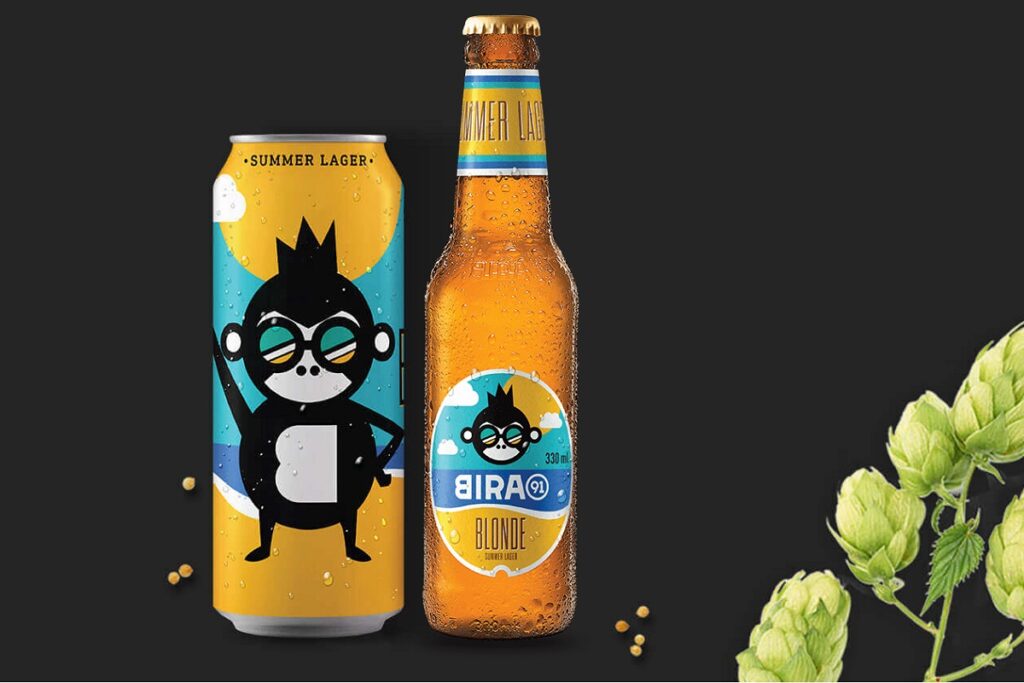Beer, a beloved beverage enjoyed by millions around the world, has a rich and intriguing history that spans thousands of years. From its humble beginnings in ancient civilizations to its prominent role in modern society, beer has evolved and transformed over time, leaving a lasting impact on culture, economy, and social gatherings. In this article, we will delve into the captivating history of beer, exploring its origins, development, and significant milestones. So grab a cold one and join us on this fascinating journey through the history of beer.

xxxx Beer History: The Ancient Origins
The story of beer begins in the ancient world, where evidence of its existence dates back to approximately 7000 to 6000 BCE. The earliest known evidence of beer production comes from archaeological findings in Mesopotamia (modern-day Iraq), where the Sumerians, one of the world’s first civilizations, brewed beer as a staple of their daily life.
The Birth of Brewing: Sumerians and Mesopotamia
The Sumerians, renowned for their advancements in agriculture and irrigation, cultivated barley, a key ingredient in beer production. They discovered that when soaked in water, barley would ferment, resulting in a flavorful and intoxicating beverage. The Sumerians’ expertise in brewing beer was so profound that they even had a goddess dedicated to beer named Ninkasi, and they documented their brewing techniques on clay tablets.
The Spread of Beer: Egypt and Beyond
As civilizations interacted and traded with one another, beer-making techniques spread to different regions. In ancient Egypt, beer played a vital role in religious rituals and daily life. The Egyptians, known for their intricate brewing methods, flavored their beer with fruits, spices, and even honey. Beer was so valued that it was included in the daily rations of workers involved in monumental construction projects like the pyramids.
The Medieval Era: Monks, Breweries, and Innovations
The Middle Ages marked a significant period in the history of beer, as it became intertwined with religious institutions, brewing guilds, and advancements in brewing techniques. Monastic orders, particularly the Benedictines, played a crucial role in preserving and refining beer-making knowledge.
Monastic Brewing: A Divine Connection
During the medieval era, monasteries emerged as centers of brewing excellence. Monks brewed beer within the walls of their abbeys, combining their religious devotion with the art of brewing. Monastic beers gained recognition for their quality, purity, and distinct flavors, often using locally grown ingredients. Famous monastic breweries, such as the Trappist breweries of Belgium, continue to produce exceptional beers to this day.
The Reinheitsgebot: A Brewing Regulation
In 1516, Bavaria introduced the Reinheitsgebot, also known as the “German Beer Purity Law.” This regulation stated that beer could only be brewed using water, barley, and hops, ensuring the quality and preventing the adulteration of beer. The Reinheitsgebot laid the foundation for modern brewing standards and contributed to the reputation of German beers worldwide.
Industrialization and the Brewing Revolution
The advent of the Industrial Revolution brought significant changes to the brewing industry. Technological advancements, such as steam power and refrigeration, revolutionized beer production and distribution. Large-scale breweries emerged, leading to mass production and the accessibility of beer to a broader population.
Lager Beer: A Cool Innovation
In the 19th century, the introduction of bottom-fermenting yeast and the development of refrigeration techniques revolutionized the beer industry. This led to the creation of lager beer, characterized by its crisp and smooth taste. Lager beer quickly gained popularity and became the dominant beer style worldwide.
The Rise of Beer Brands
With the industrialization of beer production came the rise of beer brands. Breweries started marketing their products on a larger scale, utilizing innovative advertising and packaging techniques. This marked the beginning of the brand-focused beer industry we know today, with breweries striving to differentiate themselves and capture consumer loyalty.
The Craft Beer Renaissance: A Return to Tradition
In recent decades, a remarkable shift has occurred in the beer landscape. The craft beer movement, characterized by small, independent breweries, has gained momentum worldwide. Craft brewers focus on traditional brewing methods, quality ingredients, and innovation, resulting in an explosion of unique beer styles and flavors.
Rediscovering Beer Heritage
Craft brewers are passionate about reviving beer styles from different regions and eras, often delving into historical recipes and forgotten brewing techniques. This renewed interest in beer heritage has led to the resurgence of ancient and traditional beer styles, providing beer enthusiasts with an opportunity to taste the past.
Embracing Local and Artisanal
Craft breweries emphasize local sourcing, community engagement, and artisanal craftsmanship. They often experiment with locally grown ingredients, collaborate with other local businesses, and contribute to the economic development of their regions. Craft beer enthusiasts actively seek out these unique, small-batch offerings, appreciating the dedication and creativity behind each pint.
FAQs (Frequently Asked Questions)
1. What is the oldest known beer recipe?
The oldest known beer recipe is a Sumerian hymn to the goddess Ninkasi, dating back to approximately 1800 BCE. The hymn contains detailed instructions for brewing beer, making it a valuable historical document for understanding ancient beer-making techniques.
2. How did beer shape ancient civilizations?
Beer played a significant role in ancient civilizations as a staple of daily life, religious rituals, and social gatherings. It provided nourishment, acted as a form of currency, and played a role in religious ceremonies, establishing beer as an integral part of cultural and economic systems.
3. What is the difference between ale and lager?
The main difference between ale and lager lies in the fermentation process. Ales are top-fermented at higher temperatures, resulting in ales being typically fuller-bodied, fruity, and more robust in flavor. Lagers, on the other hand, are bottom-fermented at cooler temperatures, resulting in a cleaner, crisper, and smoother taste.
4. Are there any health benefits to drinking beer?
Moderate beer consumption has been associated with several potential health benefits. Beer contains antioxidants, vitamins, and minerals, and some studies suggest that it may have cardiovascular and bone health benefits. However, excessive alcohol consumption can have adverse effects on health, so moderation is key.
5. How has the craft beer movement impacted the beer industry?
The craft beer movement has brought diversity, creativity, and innovation to the beer industry. Craft breweries have challenged traditional beer styles, introduced unique flavors, and fostered a sense of community among beer enthusiasts. They have also influenced larger breweries, encouraging them to experiment and develop new beer offerings.
6. Can you recommend some must-visit beer destinations?
Certainly! Some notable beer destinations include Belgium, known for its Trappist breweries and diverse beer styles; Germany, famous for its Oktoberfest celebrations and traditional beer gardens; the Czech Republic, home to the original Pilsner; and the United States, with its thriving craft beer scene and numerous beer festivals.
Conclusion
The history of beer is a captivating tale of human ingenuity, cultural exchange, and innovation. From its ancient origins in Mesopotamia to the modern craft beer revolution, beer has evolved and adapted to the changing times, leaving an indelible mark on societies worldwide. Whether you raise a glass to the ancient Sumerians or savor a pint of craft beer from a local brewery, each sip connects us to a timeless tradition. So, the next time you enjoy a beer, take a moment to appreciate the centuries of craftsmanship and camaraderie that have shaped its history.






Pingback: Top 5 Best Whiskey Brands In India - A Guide For Whiskey Enthusiasts - Thesrkblogs.in